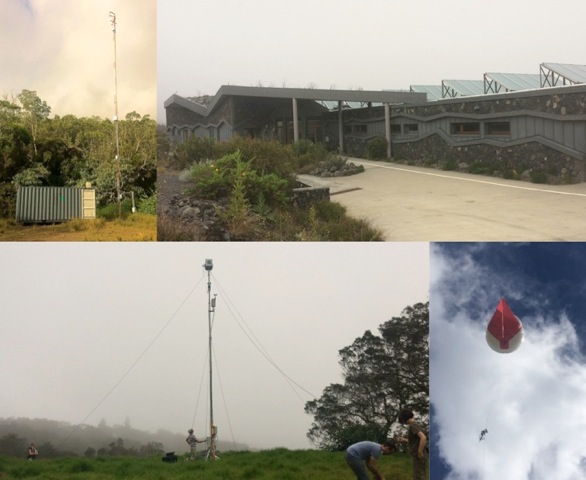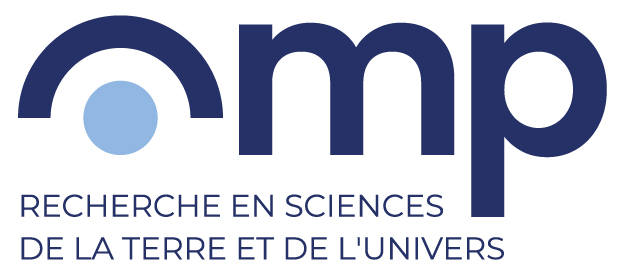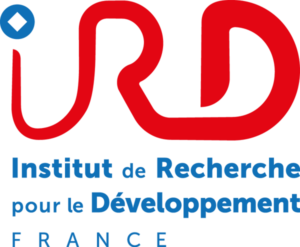SEMINAIRE PAUL GINOUX (NOAA / GFDL, Princeton, USA)
Paul Ginoux (NOAA / GFDL, Princeton, USA)
Impacts of Mineral dust interactions with the Earth’s Climate System
By its abundance and its permanence, mineral dust is a key agent in a variety of processes driving the different components (atmosphere, ocean, land, sea-ice) of the Earth’s Climate System. Interacting with solar and terrestrial radiations, dust affects weather and climate, as well as the cryosphere by darkening snow or ice albedo. Iron content of deposited dust is an important source of nutrients for ocean and land bio-geochemistry. Heterogeneous reactions on the surface of dust particles are an important source of secondary aerosols, which may increase aerosol scattering.
Over the last decade Earth’s system models have significantly improved the integration aerosol-climate interactions. However, comparison of aerosol variability with observations indicates that models have particular difficulties to reproduce low-frequency variability of dynamically emitted aerosols such as mineral dust. I will show that this appears to be related to the lack of dependency on vegetation changes in response to perturbations in the hydrological cycle. Because vegetation and its characteristics are affected by both direct human influences (e.g. deforestation) and climate change (e.g. dieback due to drought), it is important to include vegetation dynamics as one of the predictors of dust emission to accurately simulate past, present, and future dust forcing.
The new GFDL Earth’s System Model (ESM) version 4 (Zhao et al., J.A.M.E.S., 2018) contains fully interactive and consistent dust lifecycle: from its emissions calculated by the dynamic land model (LM4.1) to its long-range transport in the atmospheric model (AM4) followed by its deposition to the ocean where it feeds the tracers of the biogeochemistry model (COBALT). This seminar will present an analysis of the amplification of dust forcing by vegetation and land-use changes, and its consequences on radiative forcing, ozone chemistry, snow darkening, and ocean productivity, based on GFDL ESM4 simulations in support of CMIP6.







